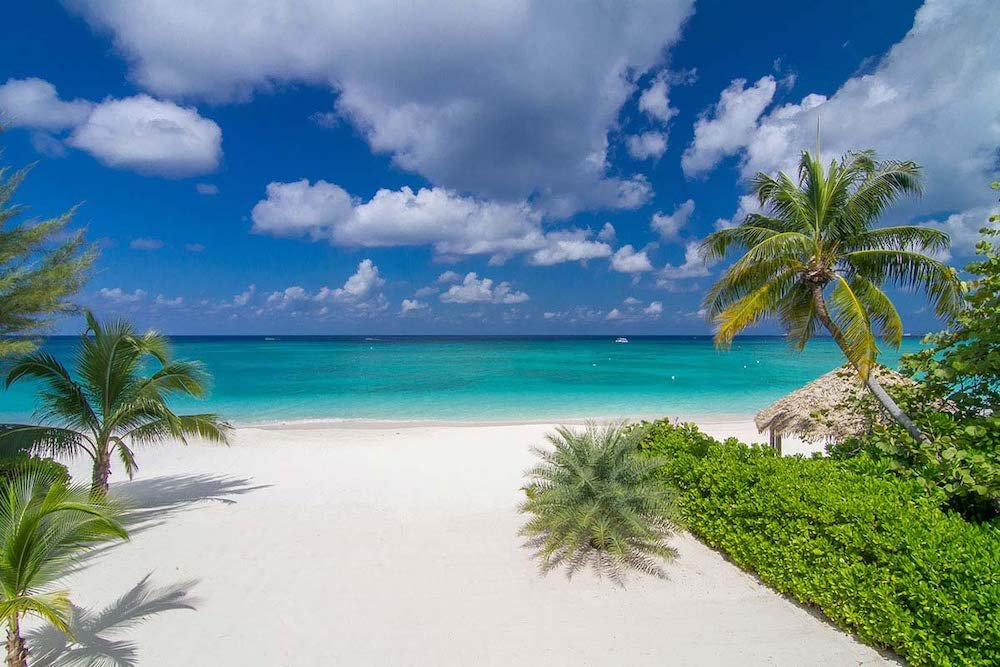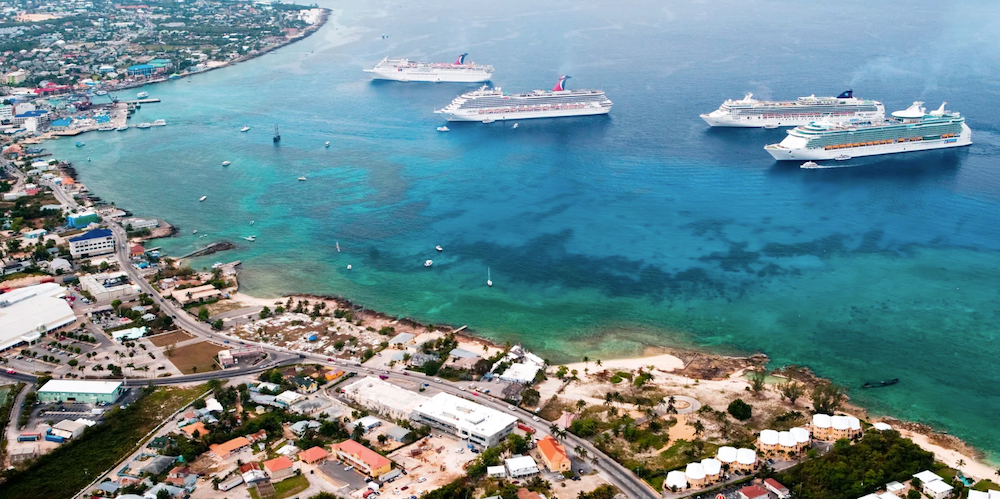
Want to discover when is the best time to visit Cayman Islands?
Nestled in the shimmering waters of the Western Caribbean Sea, the Cayman Islands emerge as a beacon of paradise for travelers seeking an unparalleled tropical getaway.
Comprising three islands—Grand Cayman, Cayman Brac, and Little Cayman—this British Overseas Territory is more than just a destination; it’s an experience.
With its crystal-clear waters, vibrant marine life, exquisite beaches, and rich cultural heritage, the allure of the Cayman Islands beckons travelers from around the globe.
Yet, to truly embrace all that this idyllic paradise has to offer, one must ponder the question: “When is the best time to visit the Cayman Islands?”
Determining the best time to visit the Cayman Islands involves more than just pinpointing good weather.
It’s about aligning your travel plans with the perfect blend of favorable climate, festive events, and optimal conditions for exploring the islands’ natural wonders both above and below the sea.
Whether you’re drawn to the underwater majesty of the world-renowned dive sites, the tranquil beauty of secluded beaches, or the lively spirit of local festivals, choosing the right time to visit can transform a great vacation into an unforgettable adventure.
In this article, we will delve into the various factors that define the best time to visit the Cayman Islands.
From weather patterns and seasonal activities to cultural events and budget considerations, our guide is designed to help you plan your ideal Cayman Islands getaway.
Join us as we explore the vibrant rhythms of island life and unveil the secrets to making the most of your journey to this Caribbean gem.
Overview of the Cayman Islands
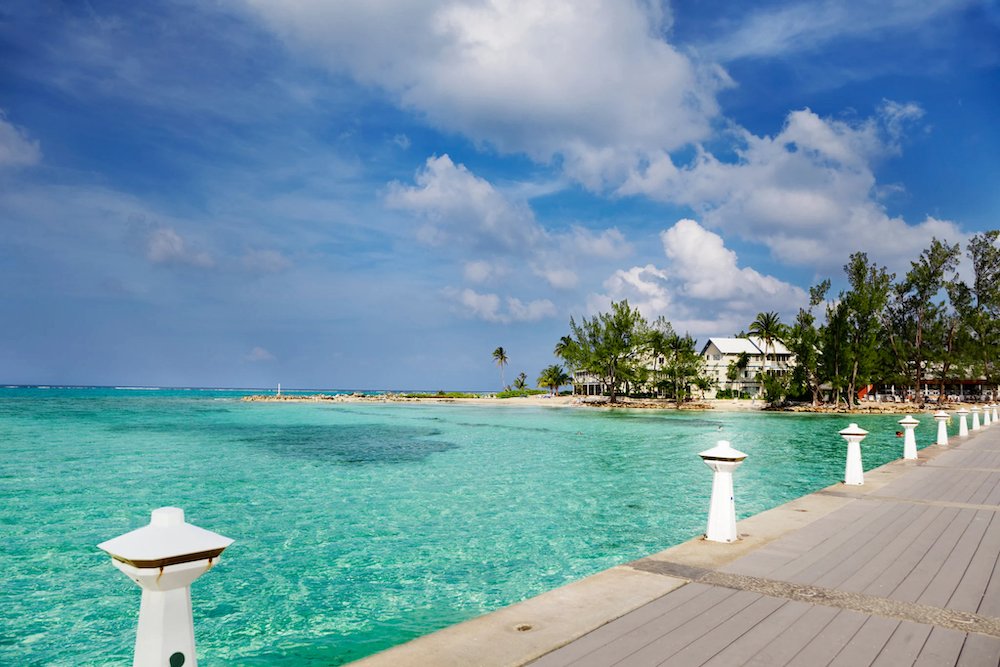
Geography and Climate Overview
The Cayman Islands, a trio of islands located south of Cuba and northwest of Jamaica, are jewels of the Caribbean known for their stunning natural beauty and favorable climate.
Grand Cayman, the largest and most populous of the three, is famous for its bustling capital, George Town, and the world-renowned Seven Mile Beach, a stretch of powdery white sand and turquoise waters.
Cayman Brac offers rugged landscapes and a plethora of adventure activities, while Little Cayman, the smallest island, is a sanctuary of tranquility, renowned for its diving sites and unspoiled natural environment.
The climate of the Cayman Islands is tropical marine, ensuring warm, sunny days throughout the year with an average temperature ranging from 77°F (25°C) in the winter months to about 85°F (29°C) in the summer.
The islands have two distinct seasons: the wet season from May to October, which includes the hurricane season, and the dry season from November to April.
Despite the potential for rain during the wet season, showers are usually brief, ensuring that the islands remain a year-round destination for sun seekers.
Cultural Highlights and Uniqueness
The cultural tapestry of the Cayman Islands is as rich and vibrant as its landscapes.
With a history steeped in maritime traditions, the islands have evolved into a cosmopolitan blend of ethnicities and cultures, thanks in part to their status as a global financial hub.
This diversity is celebrated through a variety of cultural events, culinary experiences, and artistic expressions that showcase the unique heritage and warm hospitality of the Caymanian people.
One of the island’s most cherished traditions is the annual Pirates Week Festival, a dynamic celebration of Cayman’s pirate legends and cultural heritage.
This event transforms the streets of George Town into a lively spectacle of parades, music, dance, and reenactments of pirate invasions, drawing visitors and locals alike into its festive embrace.
Culinary enthusiasts will revel in the islands’ dining scene, which offers an exquisite fusion of international and Caribbean cuisine.
From the freshest seafood to the tantalizing flavors of local dishes such as conch stew and Cayman-style beef, the culinary offerings reflect the islands’ global influence and local agricultural bounty.
Moreover, the Cayman Islands are a beacon for conservation efforts, particularly in the preservation of marine life and ecosystems.
The Cayman Turtle Centre, for instance, combines tourism with conservation, providing visitors with the opportunity to learn about and interact with sea turtles in a responsible and educational setting.
Factors to Consider When Planning a Visit

When planning a trip to the Cayman Islands, several key factors can significantly influence your experience.
Understanding these elements will ensure you choose the best time to visit Cayman Islands, aligning your vacation with your preferences for weather, activities, budget, and crowd levels.
Weather Patterns (Dry and Wet Seasons)
The Cayman Islands enjoy a tropical climate, with distinct dry and wet seasons that each bring unique aspects to consider for your visit.
The dry season, running from November to April, offers cooler temperatures, less humidity, and minimal rainfall, making it the ideal time for outdoor activities and beachgoing.
This season is perfect for those looking to explore the islands’ natural beauty under the most comfortable weather conditions.
Conversely, the wet season spans from May to October and is characterized by higher temperatures, increased humidity, and more frequent rain showers, which are typically short-lived and provide a refreshing break from the heat.
The wet season also coincides with the Atlantic hurricane season, with a higher possibility of storms, particularly between August and October.
However, this period can offer quieter beaches and the lush, vibrant landscapes that follow the rain showers.
High and Low Tourist Seasons
The high tourist season in the Cayman Islands aligns with the dry season, particularly from mid-December to April, when travelers from colder climates seek the warm Caribbean sun.
During this time, the islands buzz with activity, and all attractions and tours operate at full capacity.
While this creates a vibrant atmosphere, it also means higher prices and more crowded spots, from beaches to popular dining venues.
The low season, coinciding with the wet season, sees fewer tourists, which can be appealing for those looking for a more relaxed and intimate island experience.
Accommodations and activities may offer reduced rates, and you’ll have easier access to attractions without the crowds.
Prices and Availability of Accommodations
The fluctuation in tourist traffic significantly affects accommodation prices and availability.
During the high season, demand for hotels, resorts, and rental properties spikes, leading to higher prices and the need for early bookings.
Conversely, the low season offers the potential for significant savings and more choices for last-minute travel plans, though it’s always wise to be mindful of the weather conditions.
Events, Festivals, and Local Holidays
The Cayman Islands’ calendar is dotted with exciting events and festivals that showcase the islands’ culture, cuisine, and community spirit.
Planning your visit around these events can offer a deeper and more engaging experience of Caymanian life.
Key events include the Cayman Cookout for culinary enthusiasts, Pirates Week Festival for a dive into local lore and festivities, and the Cayman Carnival Batabano, a vibrant celebration of Caribbean culture.
However, these events can also draw additional visitors, so consider what balance you want to strike between joining in these cultural celebrations and enjoying quieter moments on the islands.
When planning your visit, consider these factors to ensure your trip to the Cayman Islands aligns with your expectations and desires.
Whether you’re seeking the perfect weather, aiming to join the festive throng, hunting for the best deals, or wishing to avoid the crowds, the Cayman Islands offer a splendid escape across different times of the year.
Best Time to Visit Based on Weather

The Cayman Islands are a year-round destination thanks to their warm, tropical climate.
However, weather variations between the dry and wet seasons can significantly affect your travel experience depending on your preferences and the activities you have planned.
Here’s a deeper look into what each season has to offer and a monthly guide to help you plan your visit.
Dry Season (December to April): Benefits and Drawbacks
Benefits:
- Ideal Weather: The dry season brings cooler temperatures, lower humidity, and very little rainfall, creating perfect conditions for exploring the islands and enjoying outdoor activities without the discomfort of excessive heat or sudden downpours.
- Water Clarity: This season is also the best time for snorkeling and diving, as the sea is calm and visibility is at its peak, allowing for unparalleled views of coral reefs and marine life.
- Festive Atmosphere: The dry season coincides with many international and local holidays, adding a festive atmosphere to the islands. Events and celebrations are plentiful, offering visitors a chance to experience Caymanian culture and hospitality at its best.
Drawbacks:
- Higher Costs: With the influx of tourists escaping colder climates, prices for flights, accommodations, and activities increase. Booking well in advance is essential to secure your spot and possibly get better deals.
- Crowds: Popular attractions, beaches, and restaurants can become crowded, which might detract from the tranquility many seek when visiting the islands.
Wet Season (May to November): Hurricane Risks and Potential Advantages
Hurricane Risks:
- The wet season overlaps with the Atlantic hurricane season, with a higher likelihood of storms from August to October. While direct hits are rare, the possibility can affect travel plans.
Potential Advantages:
- Lush Landscapes: Rain showers during the wet season bring out the vibrant greens of the islands’ landscapes, making it a fantastic time for nature lovers and photographers.
- Fewer Tourists: Fewer visitors mean more tranquil beaches and attractions, providing a more relaxed pace and intimate experience of the islands.
- Lower Prices: Accommodations and activities often offer reduced rates during this season, making it a great option for budget-conscious travelers.
Monthly Weather Breakdown
- January to March: Temperatures range from 77°F to 85°F (25°C to 29°C). These months are the peak of the dry season, offering sunny days and cool nights with minimal rainfall.
- April: Marks the transition towards warmer weather, with average temperatures slightly increasing. Rainfall remains low, making it a pleasant time for all types of activities.
- May to July: Begin the wet season with occasional showers, especially in the late afternoon. Temperatures average between 80°F and 90°F (27°C to 32°C). The water temperature is warm, perfect for swimming and water sports.
- August to October: The hottest months, with increased humidity and rainfall. These months carry the highest hurricane risk. However, the islands are quieter, and underwater visibility remains good, except after storms.
- November: Transitional weather patterns begin moving back towards the dry season, with decreasing rainfall and temperature beginning to cool slightly, making it a great time to visit as the high season crowds have not yet arrived.
Best Time to Visit for Activities
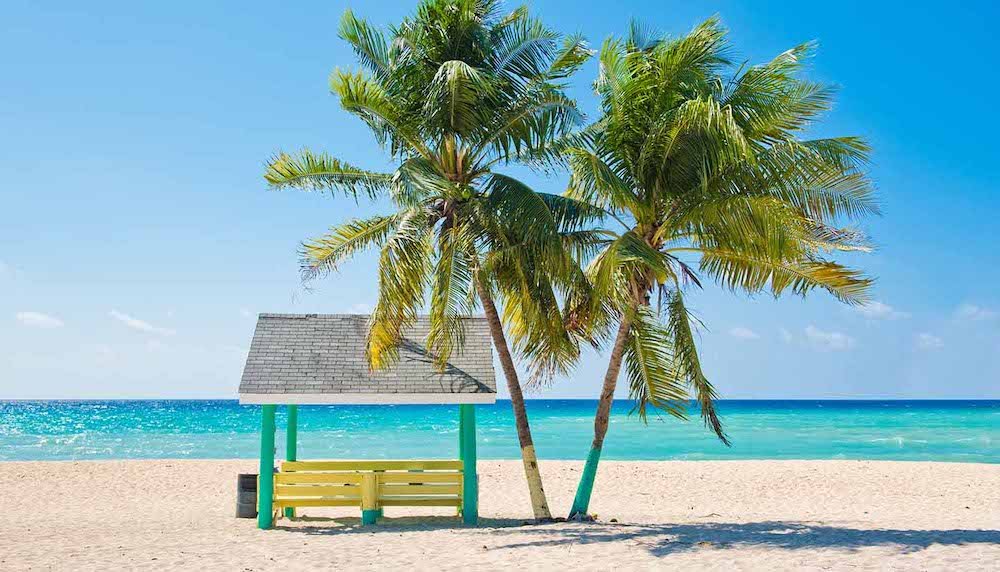
The Cayman Islands offer a plethora of activities catering to diverse interests—from underwater exploration to cultural festivals and nature adventures.
Choosing the right time to visit can enhance your experience, whether you’re diving into the deep blue or celebrating Caymanian heritage.
Snorkeling and Diving
The best months for snorkeling and diving are during the dry season, from December to April.
During these months, the sea is at its calmest, and underwater visibility reaches up to 100 feet (30 meters) or more, offering spectacular views of coral reefs, marine life, and shipwrecks.
Water temperatures are comfortable, ranging from 78°F to 82°F (25°C to 28°C), ideal for extended explorations of the underwater world.
Beach Vacations
For the quintessential beach vacation, the months of March to May provide the perfect balance.
You’ll enjoy the beautiful weather of the tail end of the dry season with less crowding than the peak winter months.
This period sees slightly warmer temperatures, perfect for beach days, with less chance of rain interrupting your sunbathing.
The transition month of May offers the added benefit of reduced rates at many resorts and accommodations before the wet season begins.
Cultural Events and Festivals
The Cayman Islands are vibrant with cultural expressions and festivities throughout the year.
The Cayman Cookout in January is a must-visit for culinary enthusiasts, featuring world-renowned chefs and wine experts.
Pirates Week in November transforms the islands into a lively celebration of Cayman’s pirate legends with parades, music, and fireworks.
For a taste of local culture, the Cayman Carnival Batabano in May showcases stunning costumes, dance, and Caribbean music, creating an unforgettable experience.
Outdoor and Nature Activities
Ideal Times: Nature lovers will find the months of November to April to be the most rewarding for outdoor activities. The cooler, dryer weather is conducive to hiking, bird watching, and exploring the islands’ natural reserves without the discomfort of high humidity or the unpredictability of rain showers. This period is also ideal for witnessing the blooming of local flora and active wildlife, making it a prime time for photography and nature walks.
Cost Considerations
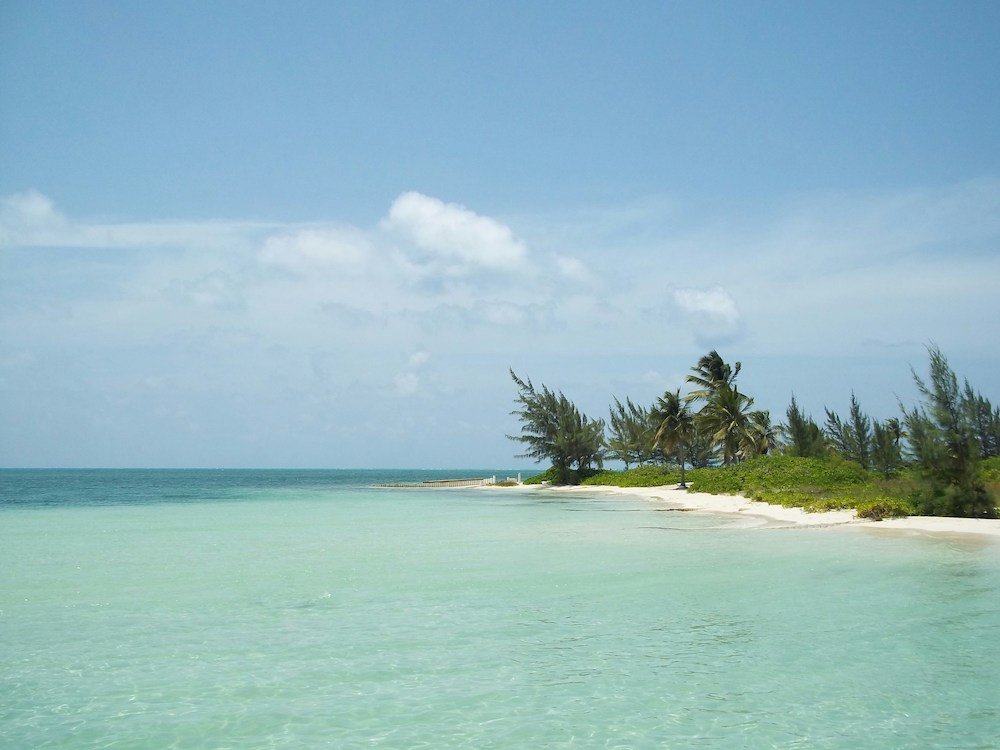
When planning a visit to the Cayman Islands, the cost is an important factor that can vary significantly between the high and low seasons.
Understanding these variations can help you budget effectively and perhaps even snag a deal that makes your trip more affordable.
Comparison of Travel Costs Between High Season and Low Season
High Season (December to April): During this period, the demand for flights, accommodations, and activities in the Cayman Islands peaks, leading to higher prices across the board. The influx of visitors escaping colder climates in search of the warm Caribbean sun means that you’ll be competing with many others for the same services. Consequently, you can expect to pay premium rates for hotels, vacation rentals, and flights. Additionally, popular attractions and tours may also increase their prices due to the higher demand.
Low Season (May to November): Contrarily, the low season sees a significant drop in tourist numbers, primarily due to the wetter weather and the Atlantic hurricane season. This decrease in demand can lead to more competitive prices for flights and accommodations, with many properties offering discounts to attract visitors. The cost of activities and tours may also be lower, and you might find special offers that are not available during the high season.
Tips on Securing the Best Deals and Avoiding Tourist Traps
- Book Early for High Season Travel: If you’re planning to visit during the high season, book your flights and accommodations well in advance. Early bookings can secure better rates and ensure availability, especially for sought-after locations and experiences.
- Consider Shoulder Seasons: The months on the cusp of the high and low seasons (November and May) can offer the best of both worlds—better weather than the peak of the low season and lower prices than the high season. These months also see fewer tourists, providing a more relaxed experience.
- Use Price Comparison Tools: Utilize online price comparison tools to find the best deals on flights, accommodations, and car rentals. Being flexible with your travel dates can also help you capture the best prices, as rates can vary significantly from one week to another.
- Explore Package Deals: Look for package deals that include flights, accommodations, and activities. These packages can offer substantial savings compared to booking each element separately.
- Stay Outside Major Tourist Areas: Consider accommodations a little further from the main tourist spots. These areas often offer better rates and provide a more authentic experience of the Cayman Islands.
- Be Cautious of Tourist Traps: While exploring the islands, be wary of overly crowded and commercialized attractions that may not offer value for money. Research and seek out local experiences, dining, and activities that are not only more affordable but also enrich your visit with genuine Caymanian culture.
Crowd and Peak Times
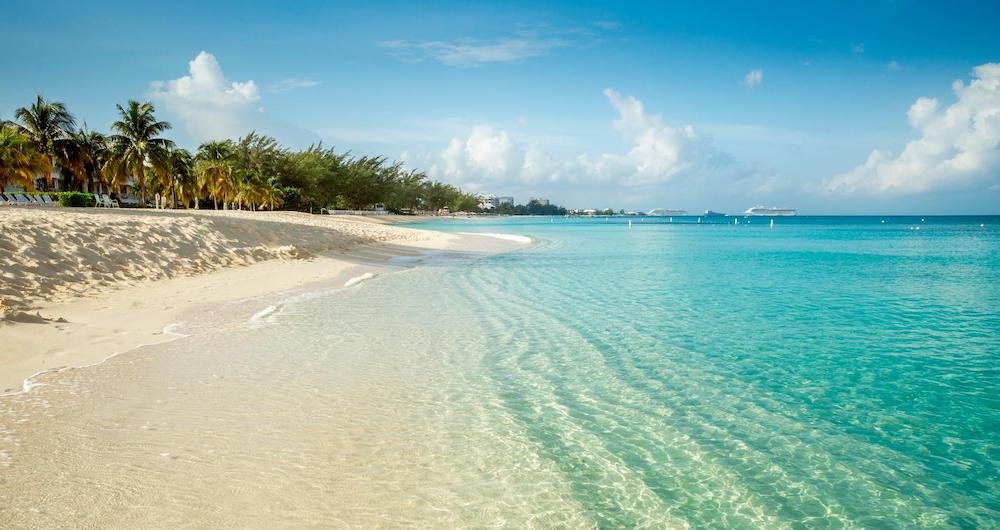
The Cayman Islands are a coveted destination for travelers seeking both adventure and relaxation in the Caribbean.
The flow of visitors to the islands varies significantly throughout the year, influenced by weather, holiday seasons, and school vacations.
Understanding these patterns can help you plan your trip to coincide with your preferred balance of activity and tranquility.
Analysis of Tourist Density Throughout the Year
High Season (December to April): This period sees the highest number of visitors, thanks to the ideal weather conditions and the escape it offers from colder northern climates. During these months, the islands buzz with energy, and tourist spots, beaches, and restaurants are at their busiest. Events and festivals add to the vibrancy but also increase the number of visitors.
Shoulder Seasons (Late November, Early May): The weeks just before and after the high season are known as the shoulder seasons. They offer a sweet spot of still-pleasant weather with fewer tourists than the peak times. These periods can provide a more relaxed atmosphere while still allowing for the enjoyment of the islands’ many attractions.
Low Season (May to November): The low season corresponds with the wet season and brings the least number of tourists due to the hotter, more humid weather and the potential for rain. While some may be deterred by the weather, this season offers the lowest crowd levels, making it ideal for visitors looking for peace and quiet or wanting to experience the islands without the bustle.
Advice on Finding the Balance Between Vibrant Island Life and Peaceful Relaxation
- Plan Your Visit During Shoulder Seasons: For those seeking a middle ground between the festive high season and the quiet low season, planning a trip during the late November or early May shoulder seasons can offer the best of both worlds.
- Choose Your Island Wisely: Grand Cayman, being the largest and most developed island, naturally attracts more tourists, especially to the Seven Mile Beach area. For a quieter experience, consider staying on Cayman Brac or Little Cayman, which offer serene beauty with fewer visitors.
- Explore Off-the-Beaten-Path Destinations: Even during peak times, it’s possible to find secluded spots on the islands. Research less popular beaches and attractions, or ask locals for recommendations on where to find tranquil retreats away from the main tourist areas.
- Book Accommodations Away from Major Tourist Centers: Staying in accommodations that are a bit removed from the most popular areas can provide a more relaxed experience. Many of these locations offer the added benefit of more personalized service and a chance to engage with local culture.
- Participate in Early Morning or Late Afternoon Activities: Plan your activities for early in the morning or later in the afternoon to avoid the largest crowds, which tend to gather midday. This strategy not only helps in finding quieter moments but also in enjoying cooler, more comfortable temperatures for outdoor adventures.
Special Considerations
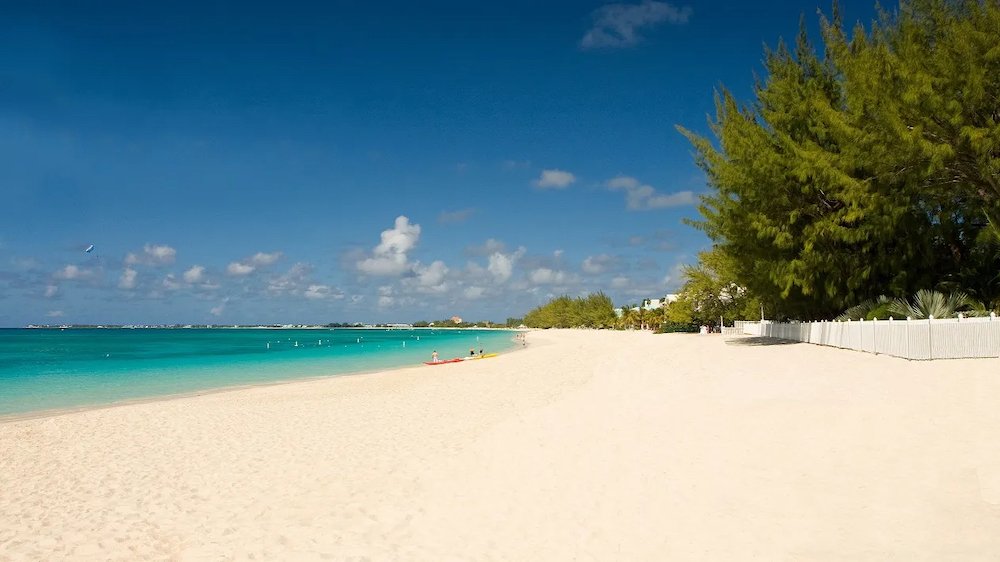
When planning a trip to the Cayman Islands, it’s essential to consider more than just the weather and activities.
In recent years, global events, especially health advisories like the COVID-19 pandemic, have underscored the importance of staying informed about travel restrictions and being adaptable to changing travel norms.
Here are some key considerations to keep in mind:
Travel Restrictions or Considerations Related to Health Advisories
Health and Safety Protocols: Stay updated on the Cayman Islands’ health and safety guidelines, which may include vaccination requirements, testing protocols before departure or upon arrival, and mask mandates in certain settings. These measures are designed to protect both visitors and local communities, and compliance is essential for a smooth travel experience.
Travel Insurance: More than ever, having comprehensive travel insurance is crucial. Ensure your policy covers medical treatment abroad, including COVID-19-related issues, and unexpected travel changes or cancellations. This can provide peace of mind and financial protection against unforeseen events.
Flexible Booking Options: Many airlines, hotels, and tour operators now offer flexible booking options to accommodate changes in travel plans. Look for these flexible policies when making reservations to ensure you can adapt as needed without significant penalties.
Impact of Global Events on Travel Norms
Changing Regulations: The global travel landscape has been profoundly affected by events like the COVID-19 pandemic, leading to more dynamic travel regulations. These can include border closures, quarantine requirements, and other travel restrictions that can change with little notice. Regularly check official sources and the Cayman Islands’ government website for the latest travel advisories.
Digital Health Passports: Some destinations now require digital documentation of COVID-19 vaccinations or test results. Familiarize yourself with any digital health passport or app that may be required for entry into the Cayman Islands and ensure you have all necessary documentation prepared before travel.
Local Adaptations: The Cayman Islands, like many destinations, have adapted to global challenges with enhanced health and safety measures in tourist areas, accommodations, and dining establishments. Expect to encounter sanitization stations, social distancing guidelines, and capacity limits in popular venues.
Community Responsiveness: Be prepared to adjust your travel plans in response to local health advisories or unexpected restrictions. Showing flexibility and understanding towards these measures will contribute to the safety and enjoyment of your visit, as well as the well-being of the islands’ residents.
Conclusion
The Cayman Islands, with their enchanting blend of natural beauty, vibrant culture, and warm hospitality, offer a year-round paradise for travelers seeking either adventure or relaxation.
Whether your interests lie in exploring the underwater wonders, lounging on pristine beaches, participating in lively cultural festivities, or simply enjoying the tranquility of nature, the Cayman Islands present an idyllic backdrop for an unforgettable vacation.
For snorkeling and diving enthusiasts, the clear, calm waters of the dry season from December to April provide optimal conditions for underwater exploration.
Beach-goers will find the late dry season and early wet season, particularly March to May, ideal for enjoying the islands’ stunning beaches with fewer crowds and at a more leisurely pace.
Cultural event seekers are encouraged to visit during key festivals such as the Cayman Cookout in January or Pirates Week in November to immerse themselves in the rich heritage of the islands.
Those interested in outdoor and nature activities will benefit from the cooler, drier weather from November to April, which is perfect for hiking, bird watching, and engaging with the islands’ diverse flora and fauna.
The Cayman Islands are more than just a destination; they are a vibrant, welcoming community eager to share their paradise with the world.
Regardless of when you choose to visit, the islands offer a unique combination of relaxation, adventure, and cultural enrichment.
By considering the factors discussed, from weather patterns and activity preferences to cost considerations and crowd densities, you can tailor your visit to match your ideal vacation experience.
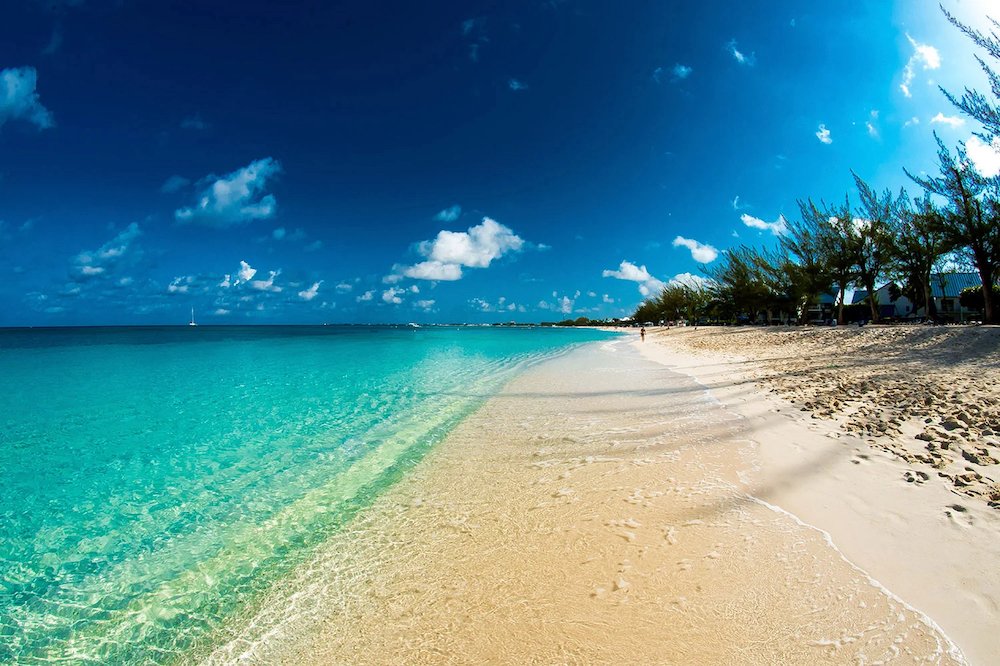
FAQ’s About the Cayman Islands:
What is the best month to visit Cayman Islands?
The best month to visit the Cayman Islands is March.
During this time, you can enjoy the tail end of the dry season, which offers beautiful weather, lower humidity, and less rainfall, making it ideal for beach activities, snorkeling, and diving.
March also avoids the peak tourist season’s highest prices and crowds, providing a more relaxed atmosphere while still benefiting from the vibrant island life.
What is the rainy season in Grand Cayman?
The rainy season in Grand Cayman typically runs from May to November.
This period is characterized by higher humidity, warmer temperatures, and the occurrence of short, heavy showers, especially in the afternoons.
It also coincides with the Atlantic hurricane season, with the possibility of storms increasing from August through October.
What is the hottest month in Cayman Islands?
August is generally considered the hottest month in the Cayman Islands, with average high temperatures around 90°F (32°C).
The combination of heat and humidity during this time can make it feel particularly intense, especially for those not accustomed to tropical climates.
What is the cheapest month to visit Grand Cayman?
The cheapest months to visit Grand Cayman are during the rainy season, particularly between September and November.
During these months, tourist traffic is lower, leading to more competitive prices for flights and accommodations.
Many businesses also offer discounts to attract visitors during this off-peak period.
How bad is hurricane season in Cayman Islands?
The hurricane season in the Cayman Islands, running from June to November, can vary in intensity from year to year.
While direct hits by hurricanes are not a yearly occurrence, the islands are susceptible to tropical storms and hurricanes during this time.
The most significant impacts usually involve heavy rainfall, strong winds, and potential disruptions to travel plans.
The government and local businesses are well-prepared for such events, with clear safety protocols in place.
Does Grand Cayman have hurricane season?
Yes, Grand Cayman has a hurricane season that aligns with the broader Atlantic hurricane season, running from June to November.
During this period, there’s an increased risk of hurricanes and tropical storms, which can affect weather conditions and travel plans.
How many days should I stay in Cayman Islands?
A stay of 7 to 10 days is ideal for a visit to the Cayman Islands.
This duration allows ample time to explore the main attractions of Grand Cayman, including famous beaches like Seven Mile Beach, as well as taking day trips to the sister islands of Cayman Brac and Little Cayman.
It also provides sufficient time to enjoy a variety of activities such as snorkeling, diving, and experiencing local culture and cuisine.
Is Cayman Islands cheap to visit?
The Cayman Islands are considered a more upscale Caribbean destination, and visiting can be relatively expensive compared to other islands.
Costs for accommodations, dining, and activities tend to be higher here.
However, with careful planning and flexibility in travel dates, it’s possible to find deals and make a visit more affordable, especially during the off-peak seasons.
What are the downsides of the Cayman Islands?
The Cayman Islands, while offering a picturesque and luxurious Caribbean getaway, have a few downsides:
- Cost: As mentioned, it’s one of the more expensive Caribbean destinations, which might not suit all budgets.
- Crowds: During peak tourist season, popular areas can get crowded, which might detract from the tranquility some visitors seek.
- Weather Risks: The rainy and hurricane seasons bring potential weather-related disruptions, particularly from June to November.
- Limited Cultural Experiences: While there is local culture to explore, visitors looking for deep cultural immersion might find the experience to be more resort-oriented.
